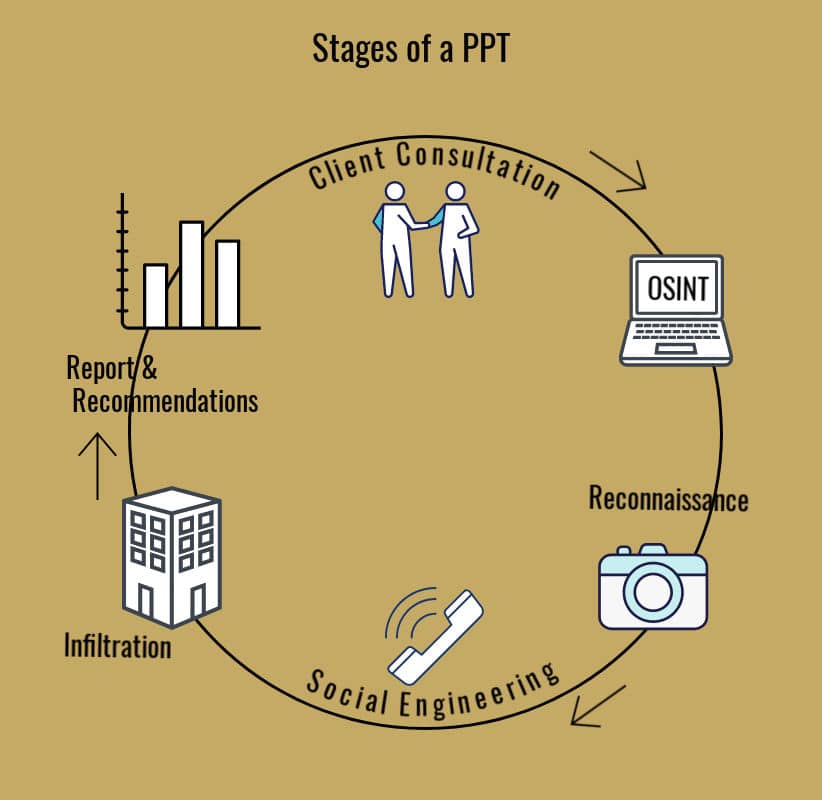In today’s world, cybersecurity often dominates the conversation around protecting organizational assets. However, overlooking physical security can expose even the most secure network or system. Physical penetration testing is a powerful way to uncover vulnerabilities in your organization’s physical defenses before a malicious actor does.
At Omni Threat Solutions, we’ve seen first-hand how small oversights in physical security can lead to significant breaches. Let’s explore the key stages of a successful physical penetration test, some common vulnerabilities, and the actionable insights they provide.
What is Physical Penetration Testing?
Physical penetration testing simulates real-world attacks on an organization’s physical premises to assess the strength of its security measures. The goal? To identify gaps that could allow unauthorized individuals access to sensitive areas, data, or equipment.
This type of testing can reveal weaknesses like:
- Unsecured entrances.
- Inadequate badge or access card protocols.
- Overly trusting employees or contractors.
The Key Stages of a Physical Penetration Test
- Planning and Reconnaissance
Every successful test begins with thorough planning. Our team gathers information about your organization, such as:- Facility layouts.
- Security staff routines.
- Entry points (e.g., doors, windows, loading docks).
Reconnaissance also includes identifying any potential weaknesses like unlocked doors, cameras without coverage, or lax visitor protocols.
- Execution: Testing the Defenses
Once the plan is in place, our experts simulate intrusion attempts. This might include:- Tailgating: Following an authorized employee through a secure door.
- Disguises: Pretending to be a contractor, maintenance worker, or delivery person.
- Lock Picking: Testing physical locks on doors or safes.
During this phase, we document every vulnerability we encounter without disrupting your operations.
- Analysis and Reporting
After completing the test, we compile detailed findings into a report. This includes:- Every method attempted and its success rate.
- High-risk vulnerabilities and their potential impacts.
- Clear recommendations to mitigate risks.
Lessons from the Field
Here are some of the most common vulnerabilities encountered:
- Undertrained Staff: Employees who don’t verify ID badges or challenge unfamiliar individuals.
- Unsecured Entry Points: Doors propped open or left unlocked during breaks.
- Neglected Maintenance: Broken locks, outdated access systems, or malfunctioning cameras.
Historical cases have involved companies relying heavily on badge scanners, but employees routinely held doors open for “maintenance staff” who were, in reality, physical penetration testers. This oversight could have allowed anyone to walk straight into their server room.
Why Physical Security Matters
Physical penetration testing is more than just a simulated break-in; it’s a critical component of a comprehensive security strategy. By identifying gaps in physical defenses, businesses can protect their intellectual property, client data, and employee safety.
Are You Ready to Test Your Physical Security?
At Omni Threat Solutions, we specialize in identifying vulnerabilities others overlook. Contact us today to learn how a physical penetration test can strengthen your organization’s defenses and keep your assets safe.

Author
Cody
Category
Physical Penetration Testing
Read Time
3 min
